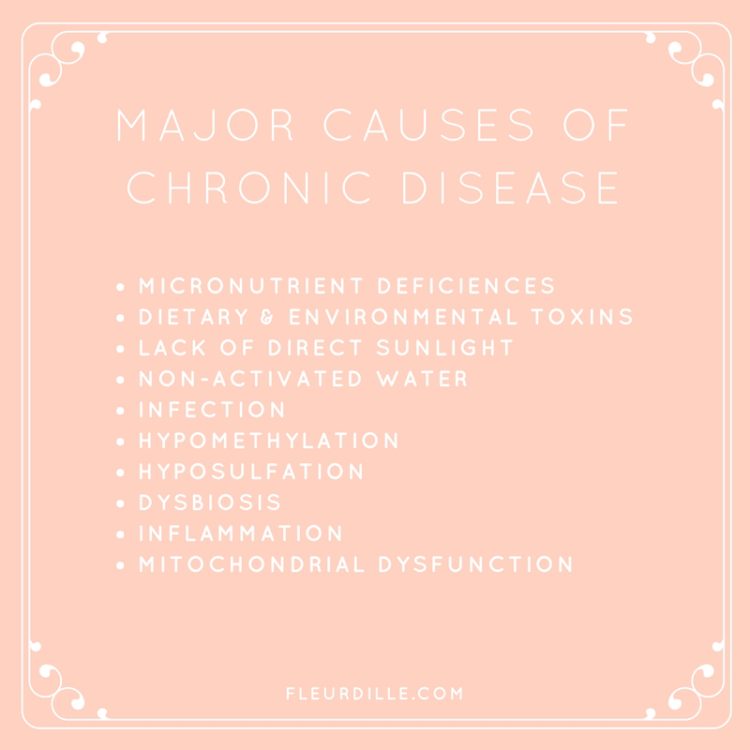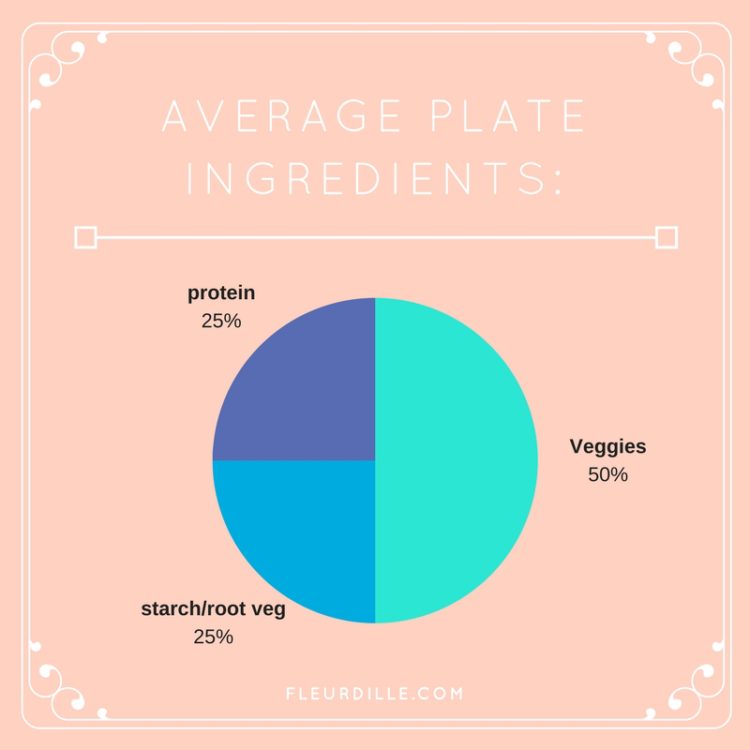
shopping in Lenox, MA with my mom and sister
Happy Fit Friday, friends! This time two weeks ago I was checking into Kripalu with my mom and sister. Every year my mom, sister and I take a girls trip to a new destination. The past couple of years we’ve done shopping trips – New York, beach trips – Mexico, but this year we opted for a different vibe. We wanted to do something healthy and relaxing. We wanted to be active and learn something new. So, we chose to go on a yoga retreat. If you haven’t heard of Kripalu (I wouldn’t have had my parents not been), it’s a center for yoga and health. Kripalu is located outside of Lenox, MA right in the Berkshires.

NY state capitol

Lenox, MA
When booking our trip, we decided to go on a weekend when John Bagnulo was speaking. John Bagnulo is a nutritionist and is currently the Director of Nutrition at Functional Formularies in Ohio. He has been a nutritionist for over 18 years and has a wealth of knowledge in regards to human physiology, nutrition, and has a wonderful podcast. Through his work he has “helped hundreds of patients reverse chronic diseases through a diet of whole foods.” Anyway, he was teaching a weekend course on “building a nutritional foundation for health and vitality,” and we just couldn’t resist.

I don’t want to spend too much time on the details of our trip for the sake of getting to the meat of today’s post. However, I think I will mention a brief outline of our schedule. This was my first time on a yoga retreat so I had no idea what to expect. I think originally I thought yoga retreats meant you meditated and did yoga all day long. This retreat looked had a very meditative, calming vibe, but looked a bit like this: We started with early morning yoga around 6am. Then, we had silent breakfast followed by a 2-3 hour seminar (ours was with John Bagnulo). After that we broke for lunch and then headed back to hear our guest speaker. Then afternoon yoga, dinner, and whatever you desired for the evening. Some people chose restorative yoga, some chose a massages (we did this one night), and others just retired to their room. It was magical.

tea break at Kripalu – the Berkshires are so pretty!
Onto our lesson though… Hearing John Bagnulo was everything I thought it would be and more. I think one of the very best things I’ve gotten from my father is a desire to constantly learn more. Nutrition falls into this category and I feel like there is always something I can learn, tweak or change. To say I was pumped to hear from an expert would be an understatement.
During our first session with Dr. Bagnulo, he gave us a statistic that has really stuck with me. He told us that families in the middle east and european countries typically spend 50% of their income on nutrition, while Americans spend only 10%. So insane, right? Going into the weekend I felt like I had a good grasp on basic concepts like excess sugar is bad, processed food is bad, etc., but I don’t know much about human physiology. In fact, I couldn’t have told you one thing about how the foods I was eating were affecting my gut health or my body. So, I was super eager to learn how to develop a good nutritional foundation for myself and my family.

just trying to blend in with my leggings…
I’ve been racking my brain on how to write this post because it’s just a lot. Also, I’m not a nutritionist or a physicist, so there is still a lot I am learning. I don’t want to sound preachy or overwhelm you with information. However, I do want to be part of the movement toward healthy eating. I want to encourage and empower you to do the same, too. For something we all do at least 3 times a day – eat – we probably owe it to ourselves to study up on nutrition. I mean, don’t you think we should know what is happening to our bodies as a result of the food we put in them?

Before we start, please know that the current “diet” we have at home is so far from perfect. You can read a bit more about my family’s diet from Tuesday’s post. In last Tuesday’s post I talked a bit about how I am working to implement a new diet with my girls. But, as you read this post, remember to give yourself grace and take everything with a grain of salt. Again, I’m not an expert by any means, I am simply relaying good information I gathered from John Bagnulo. Also, if you’re like me, you may freak out and feel like you were setting your kids and family up for failure by the foods you were giving them. Don’t freak out! Give yourself grace and pat yourself on the back for trying to continue to educate yourself to make better decisions.
The main thing we learned over the course of the weekend was the massive impact our foods have on our bodies and our health. We learned a lot about the negative effect that diets high in sugar, carbs and processed foods are having on us. Guys, the statistics are staggering. Did you know that first the first time, kids 18 years and younger are expected to live shorter lives than their parents? The scariest thing about that fact is that it’s directly related to the diet of kids today. In other words, my kids are expected to live shorter lives than I am simply because the food I’m giving them is poor quality and not nutritious. That’ll get your attention, right? It got mine.

Diet is also shown to have a direct correlation to chronic diseases (listed above) in addition to affecting …. The 4 most common toxins we learned about were the following:
- glyphosate (aka round up) – this chemical is NOT tested by the FDA or “organic” companies. NOTE: organic farms are not using round up/glyphosate on their crops, but it comes from the irrigation. // European studies are starting to show that glyphosate/round up is linked to a myriad of health issues. The first thing that it does is kill bifidobacter (the most important bacteria we can have in our bodies), which is essential for gut health. // You can detox glyphosate from your body by taking Fulvic Acid.
- fructose – fructose itself is not bag, but you should be consuming more glucose than fructose. It’s not bad to have, but we often have too much, too many fruits.
- gluten – this is a sticky subject for sure, but in relation to gut health, gluten has zero nutritional benefit and actually causes inflammation.
- casein – you guys have already heard me talking a lot about this on my instastories, but A1 casein causes inflammation whereas A2 casein does not.
After learning about toxins and the importance of gut health, our lectures really focused on two things – macronutrients and micronutrients.

MACRONUTRIENTS:
Macronutrients (carbs, fats, and proteins) make up a massive part of our diet. Dr. Bagnulo recommended a diet centered around saturated fat and monosaturated fats. When picking out your fats, carbs or proteins, note that raw is always best. Nuts are a great source of fat and the best nuts for you are macadamia nuts and cashews. The best oils to use are olive oil and coconut oil.

PROTEIN
The best proteins are collagen proteins or proteins that come entirely from grass fed animals. Whey protein is great for muscle growth/sports. The best sources are as follows: eggs, grass fed meats, and full fat yogurt from the right source. We also learned that if you eat 3 eggs per day you fulfill your body’s need for colein and sulfur.
If you’re a vegetarian, the best sources of protein for you will be kale, sweet potatoes, and lentils.
SAFE STARCHES
The best starches for you to eat are those that are low in lectins and carbs that are low in fructose. Examples woudl be ripe tomatoes, all root veggies, white rice, buckwheat (think soba noodles), parsnips, and jerusalem artichokes. 20-30% of your calories should come from safe starches and small berries (blueberries, raspberries, etc.). It should go without saying, but raw is always better. Great raw veggies are parsnips, carrots, beets, cucumbers, and dichon radishes.
MICRONUTRIENTS
This is the section I literally had no knowledge about so I was pumped to get a better understanding of what my/our bodies need. The fat soluble vitamins and the “trifecta” that we all need for good gut health is D3, A, and K2. Once we learned this, we were all asking what the best way to get these is and here is what Dr. Bagnulo said:
- K2 – you can take a supplement of 150 mcg/day (a great brand is Prothera); you can also get it from natto, patte, and cheese
- D3 – sunlight! If you live somewhere (like my mom in Chicago) where you aren’t able to get 15 minutes of sunlight per day, it’s recommended that you get a Vitamin D lamp. They actually work!
- A – egg yolks or liver

Dr. Bagnulo also touched on other micronutrients that are essential for our health like Magnesium, Iron, Vitamin C, and Zinc. The one I wasn’t expecting to hear though was potassium. Did you know that potassium is the greatest predictor of cardiovascular disease risk? I didn’t! The good thing about potassium is that you can get it from your food, but you can also take a supplement. Good sources of potassium are dark green, leafy veggies (should have at every meal), tomatoes, yogurt, milk with whey, citrus (clementine for example), squash, pumpkin, sweet potatoes, beets and avocados. Bananas are good every once in awhile, but on a scale of 1-10 with 10 being the greatest source of potassium, bananas are a 3.
Okay, I’m going to end today’s post here. I gave you a lot of info and tried to keep it as general as I could. If you have questions or want me to go into more detail on something, let me know. I’ll be doing a followup post, too, on steps you can take at home to start transitioning your diet over. And, if you’re curious and want to continue learning more, below are some great book recommendations.
RECOMMENDED READING:



